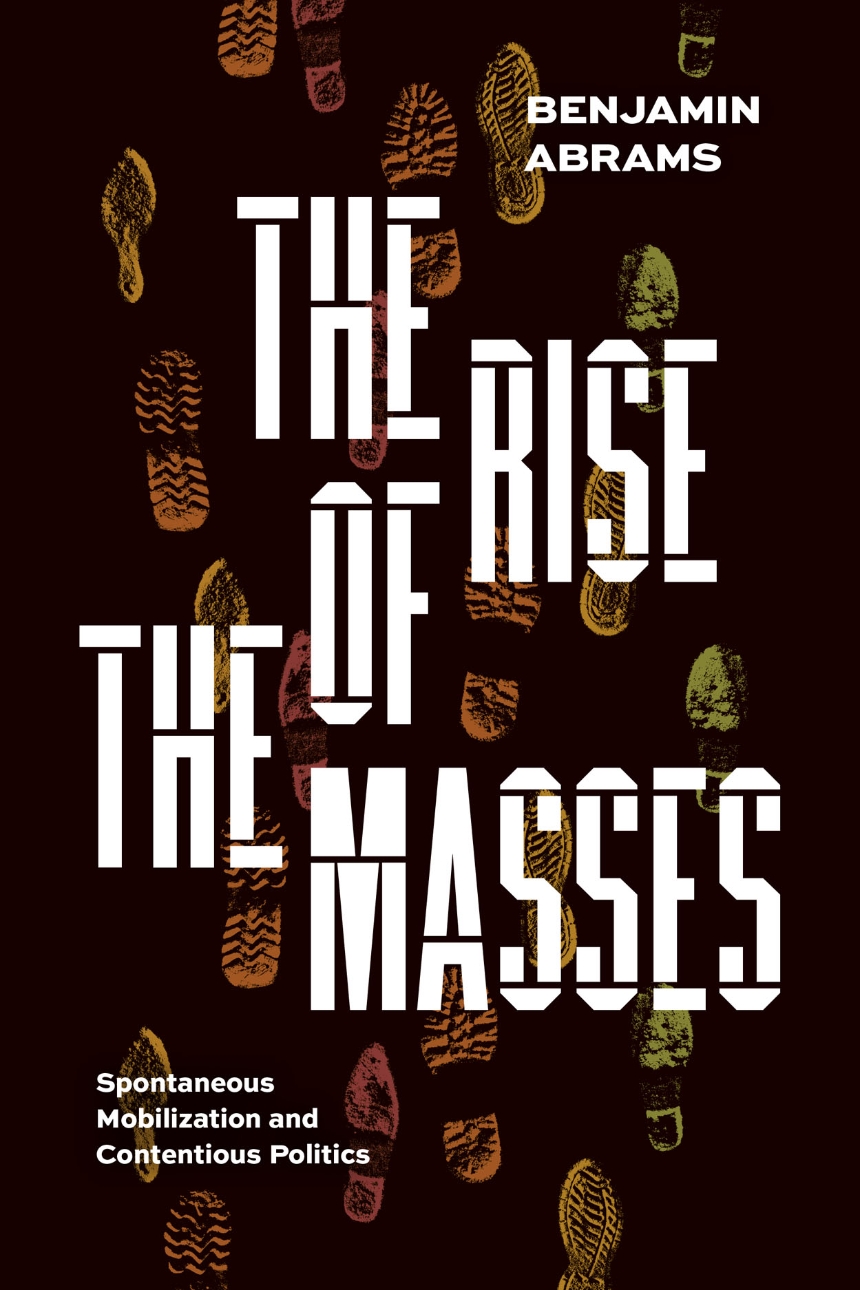The Rise of the Masses
Spontaneous Mobilization and Contentious Politics
The Rise of the Masses
Spontaneous Mobilization and Contentious Politics
Between 15 and 26 million Americans participated in protests surrounding the murders of George Floyd, Ahmaud Arbery, Breonna Taylor, and others as part of the Black Lives Matter protests in 2020, which is only one of the most recent examples of an immense mobilization of citizens around a cause. In The Rise of the Masses, sociologist Benjamin Abrams addresses why and how people spontaneously protest, riot, and revolt en masse. While most uprisings of such a scale require tremendous resources and organizing, this book focuses on cases where people with no connection to organized movements take to the streets, largely of their own accord. Looking to the Arab Spring, Occupy Wall Street, and the Black Lives Uprising, as well as the historical case of the French Revolution, Abrams lays out a theory of how and why massive mobilizations arise without the large-scale planning that usually goes into staging protests.
Analyzing a breadth of historical and regional cases that provide insight into mass collective behavior, Abrams draws on first-person interviews and archival sources to argue that people organically mobilize when a movement speaks to their pre-existing dispositions and when structural and social conditions make it easier to get involved—what Abrams terms affinity-convergence theory. Shedding a light on the drivers behind large spontaneous protests, The Rise of the Masses offers a significant theory that could help predict movements to come.
296 pages | 8 halftones, 5 tables | 6 x 9 | © 2023
Political Science: Comparative Politics, Political Behavior and Public Opinion
Sociology: Individual, State and Society, Social Change, Social Movements, Political Sociology, Theory and Sociology of Knowledge
Reviews
Table of Contents
Part I: Theorizing Mobilization
1. What We Know about Mobilization, and What We Need To
2. Affinity-Convergence Theory
Part II: The Egyptian Revolution, 2011
3. Egypt on the Eve of Revolution
4. The Anatomy of a Revolutionary Moment
5. The Fall and Fall of Revolutionary Egypt
Part III: Occupy Wall Street
6. Globalizing the Revolution
7. Enter the Occupiers
8. The End of the Extraordinary
Part IV: The Black Lives Uprising, 2020
9. From Tragedy to Uprising
10. Mass Mobilization for Black Lives
Part V: The French Revolution, 1789
11. Mass Mobilization against the Ancien Régime
12. The Development of Revolutionary Mobilization
Conclusion
Acknowledgments
Notes
Index
Awards
ASA Peace, War, and Social Conflict Section: Outstanding Book Award
Honorable Mention
ASA Political Economy of World Systems Section: PEWS Distinguished Book Award
Honorable Mention
